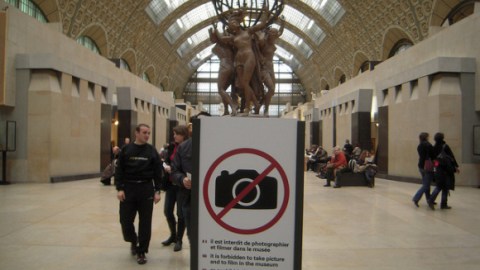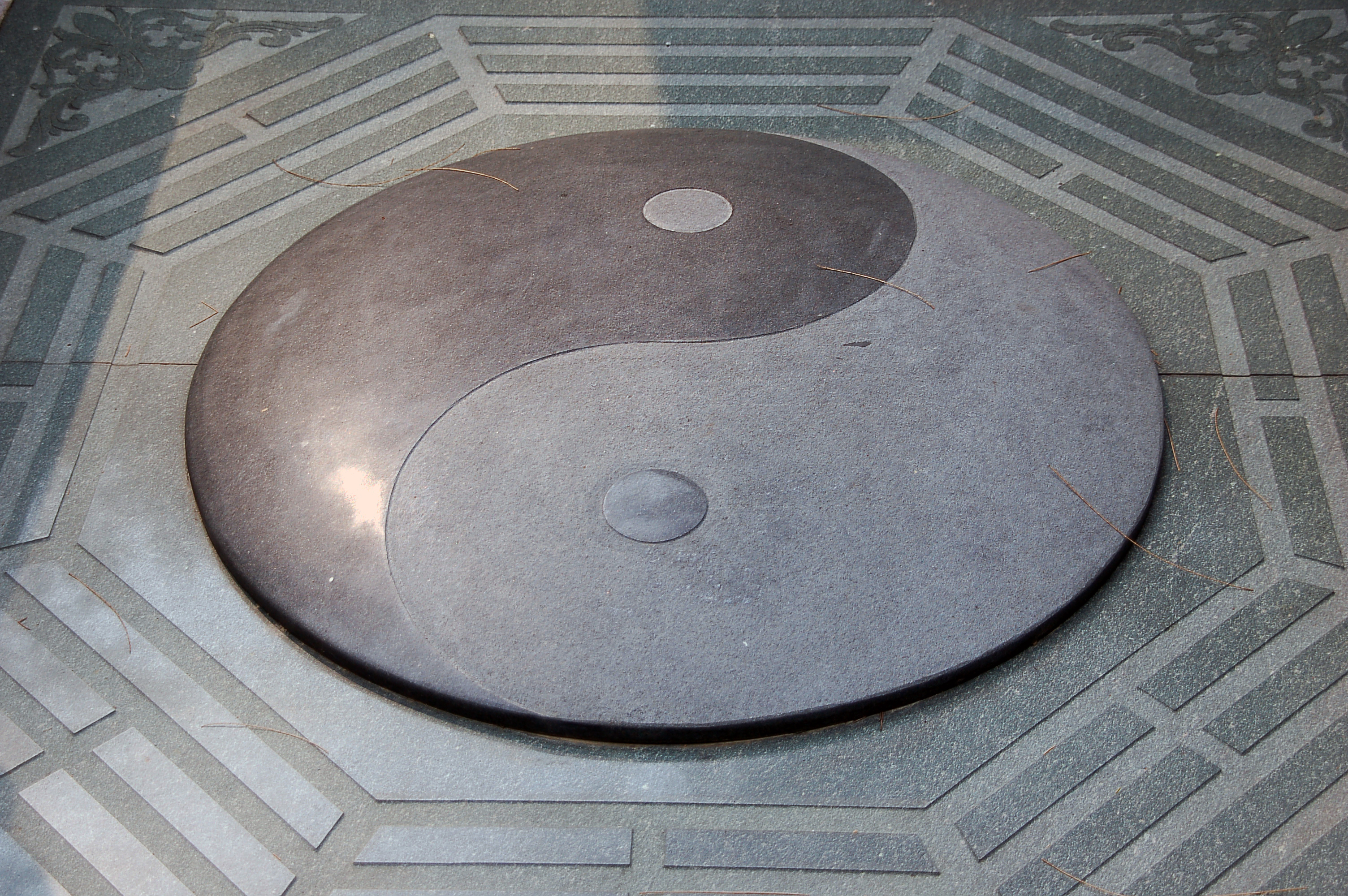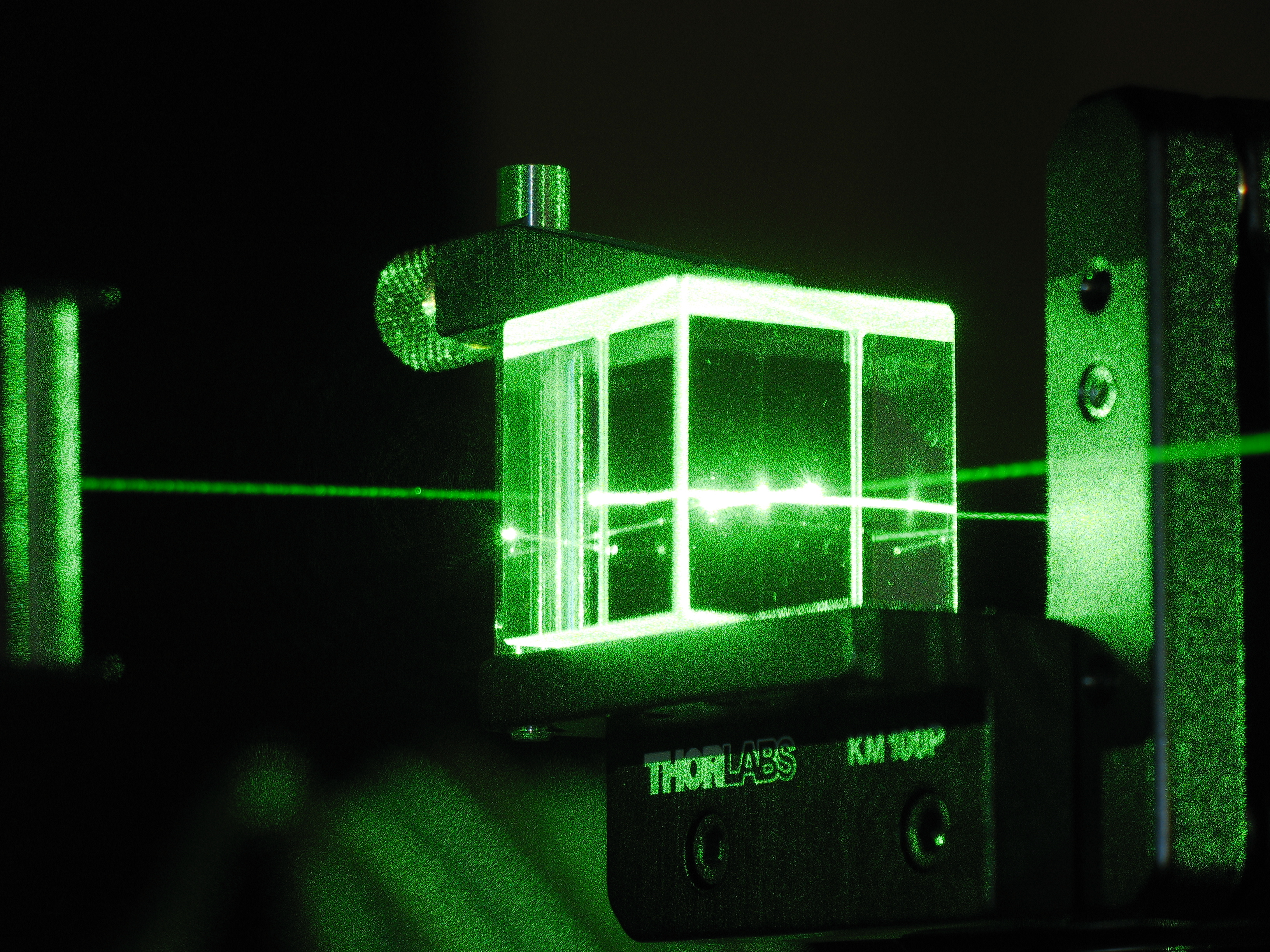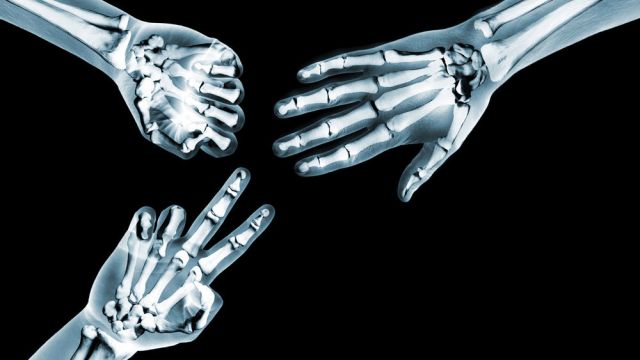Art for All: The Right to Photograph

We photograph everything, everywhere we go. Then we share these photos everywhere. To Larry Lessig, this is a good thing. We have shifted from being a passive “read-only” culture to a “read-write” culture in which we actively participate in a work of art, or snap shots of food in restaurants.
But this is causing a lot of problems, and many museums and restaurants are revisiting their policies. For one thing, there is the difference between professional versus amateur photography, especially when it comes to photographing food. It is difficult to make food look appetizing. So it is hard to blame a chef or restaurateur who is upset at people sharing drab and blurry photos of a signature dish.
Then there is the issue of flash photography, which might cause damage to paintings as well as ruin the atmosphere in a museum or restaurant. Then there is the complex issue of copyright. Imagine a museum exhibit with works of art from various different lenders who have all given specific instructions about how the intellectual property they own is to be shared. Good luck policing that!
And yet, we tend to feel entitled to photograph everything, everywhere we go. If a museum has a no-photography rule, we feel deprived of our right to fully experience the art work. When museums such as the Louvre and the Musée d’Orsay in Paris banned photos, a protest site was launched. “We protest against this measure against the current of our time,” wrote the French designer Bernard Hasquenoph on his site, Louvre pour tous (Louvre for all), arguing the photo ban was “without legal basis and contrary to the mission of the museum to provide its works to the public.”
(Photo: Bernard Hasquenoph / Louvre pour tous)





